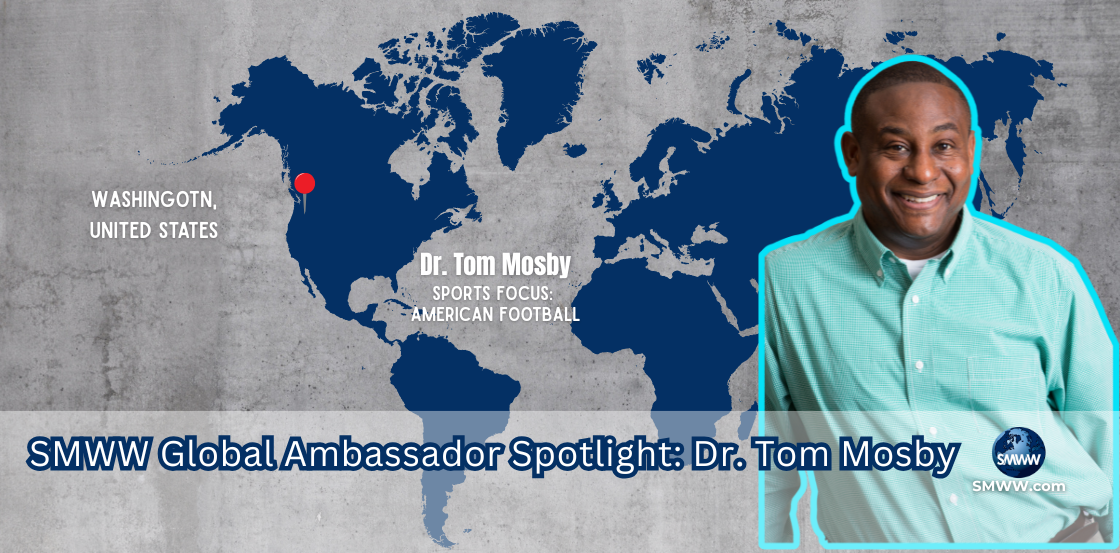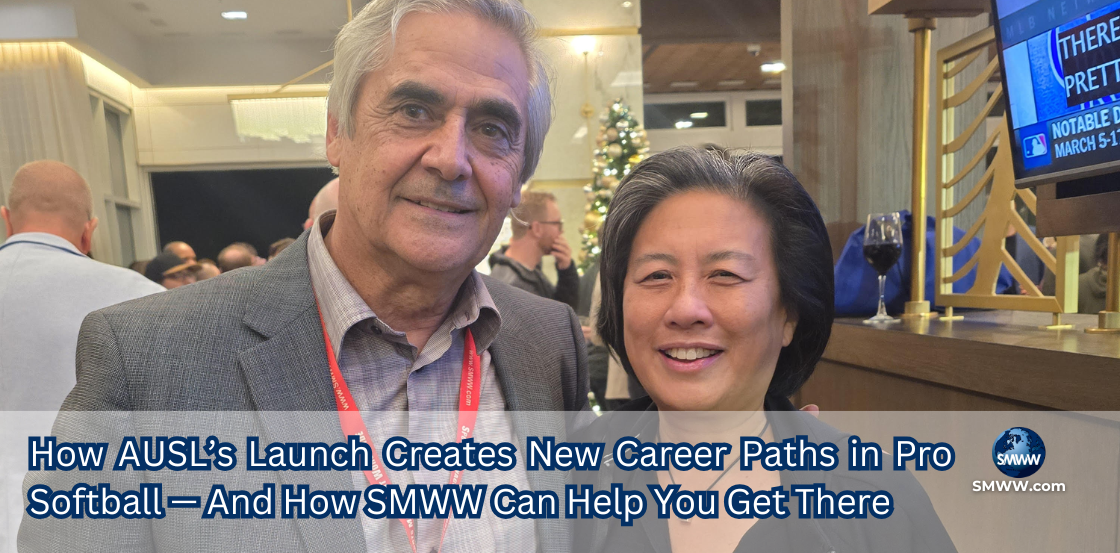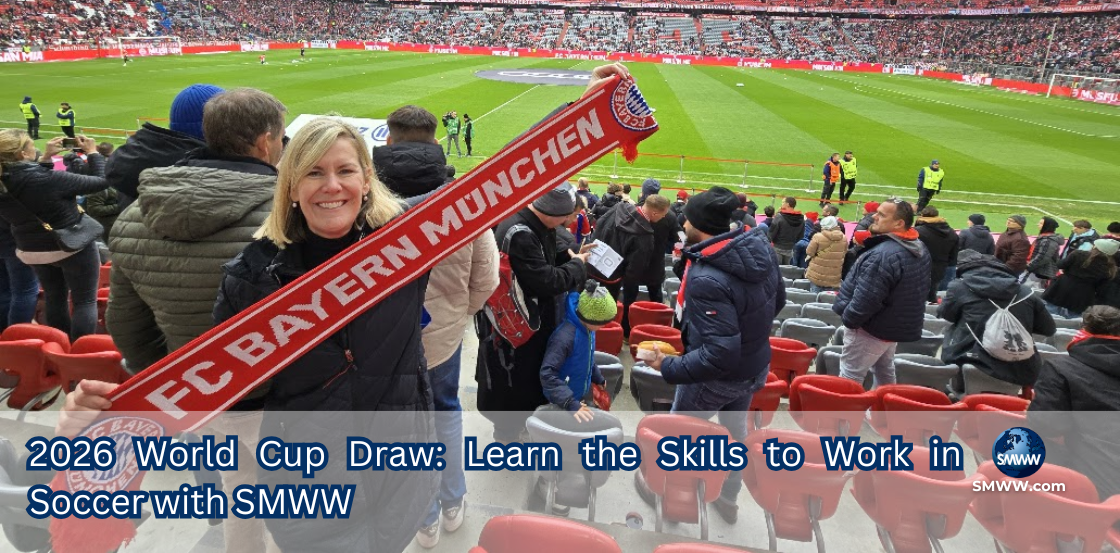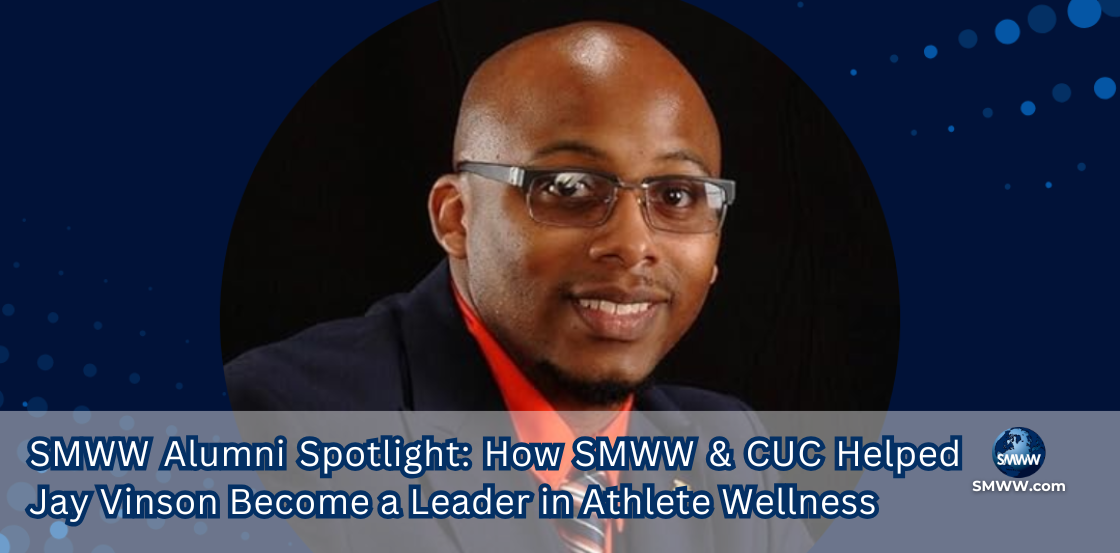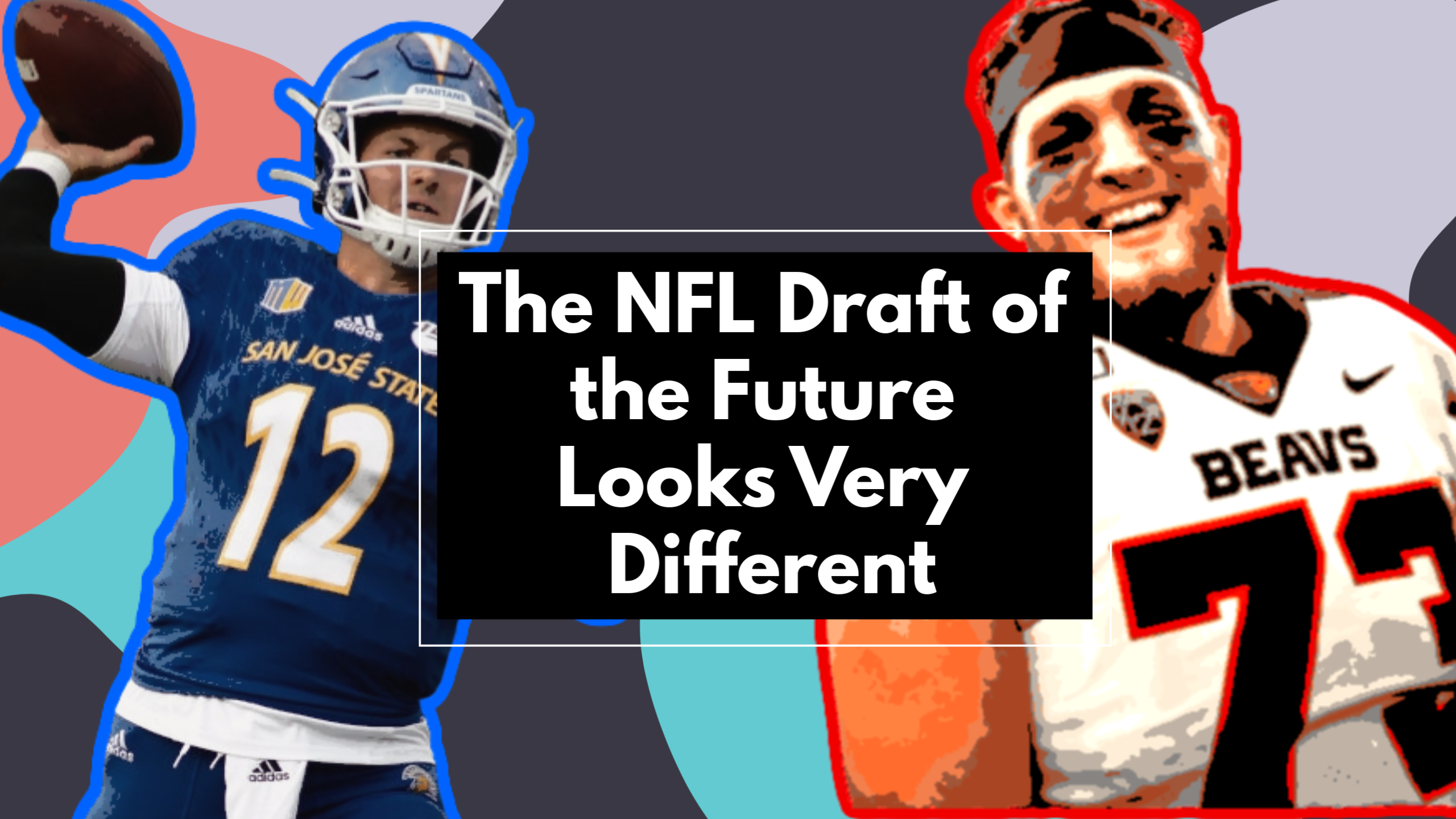
The NFL Draft of the Future Looks Very Different
April 28, 2020
by
Like you, I was one of the record-setting 32 million people who watched the first round of the 2020 NFL Draft, but as an NFL agent, I’m may have watched it a little differently than you.
Don’t get me wrong, I’m still a fan at heart and I absorb the analysis and highlights of every pick with the excitement of a young fan. But, I also have a job to do, which requires me to not only represent our athletes the best I can but also see and understand the future of this process.
This process is changing, not just because of the global pandemic we are currently in, it’s changing fundamentally due to the NIL policy unanimously voted on by the NCAA Board of Governors permitting college athletes to financially profit from the use of their names, images, and likenesses (NIL). College athletes can earn money, now that changes the whole game.
We’ll get into this new policy and how it will affect the NFL draft process in a second (spoiler: it’s good news if you’re an agent). But first, let’s deal with the here and now.
For our players at SMWW agency, the most important thing we can provide them is an honest perspective based on our many years of riding through the ups and downs of this process.
This is the one and only time a player will go through the draft process. There is no way they can know what to expect or how to respond, which means they lean on us, their agents, to be their personal tour guide and industry expert through the pro days, combines, team interviews, rumors, gossip, and mock drafts.
It is a wild ride, full of highs and lows, and it is the job of the agent to smooth it all out.
Leading up to the draft, you have to be straight-forward with your athletes. No puffery, no wild assumptions, no doom and gloom.
Just the truth.
If you are representing a player who at best is a late-round pick, more likely an undrafted free agent, who are you benefitting by telling them you think they could go in the 3rd round?
You are setting them up for disappointment, and exposing yourself as not having a feel for the market. It may be easier to be overly positive, but the easy road doesn’t get it done, brutal honesty does.
Most players understand this and want to have an honest dialogue. They want a chance, and even telling them “hey, you are likely going in the 7th round, or as an Undrafted Free Agent, but I feel strongly you’ll get a chance to prove yourself if you keep doing X, Y and Z” is much more likely to earn their respect and trust.
Understanding the Market
Prior to the draft, we have a pretty good idea of where the interest is on our players. We’ve talked directly to teams, they’ve asked us follow up questions on our players health, or jumped on FaceTime to chat with them. We have a pretty strong vibe for who has an interest, and what systems our players fit.
Then as the draft unfolds, and we admire Mel Kiper through his passionate rants, we aren’t just sitting by the phone waiting, we’re tracking the choices made by the teams we believe have interest in our players.
If team X expressed strong interest in the offensive tackle we are representing, but then draft two other OT’s in the first 5 rounds, that changes the calculus for our player and we have to be aware of that.
The Undrafted Free Agent Route
Our agency tends to represent many players in the UDFA market. We’ve found a great deal of success here, from Matt Moore to Kyle Sloter and Akeem Jordan, we’ve landed many UDFA’s on NFL game-day rosters.
There is a benefit of being a UDFA vs. a 7th rounder. As a 7th rounder you have no options, you are the property of the team that drafted you. As a UDFA we can help our players select the right team and situation for their future.
For example, if we were representing a wide receiver, and both the Denver Broncos and New England Patriots made offers, we have a choice to make, and it’s based on research and knowledge.
We know that the Broncos have young receivers Courland Sutton and DeSean Hamilton on the roster, and drafted both Jerry Jeudy and KJ Hamler in the first 3 rounds of the draft.
There is little to no opportunity to break onto that roster!
Now look at the Patriots, Julian Edelman and Mohammed Sanu are older players, they didn’t draft any wide receivers this year, and they have a new young starting quarterback they are looking to grow with.
It makes a lot more sense to send our wide receiver prospect there!
We have to keep an eye on the marketplace as it develops and changes so that we can help our players find the best possible chance for their future. That’s a big part of this role!
This year, we had one of our players, OT Blake Brandel, get drafted in the 6th round by the Minnesota Vikings, and another QB Josh Love sign with the LA Rams as a UDFA.
It’s quite a thrill seeing your players get selected and reveling in that moment with them!
Let’s Go Back to the Future
As I mentioned earlier, this process could change dramatically with the new NIL policy passed by the NCAA Board of Governors.
With any new policy, until we see it play out in practice it’s all just theoretical, but a few things are every clear - players are gaining more power and more leverage.
The NCAA has long set the rules where their partner schools benefit from multi-million dollar endorsements and sponsorships on the backs of their athletes. Now, the shift is real, players will be able to monetize their Name, Image, and Likeness.
On September 30, California Governor Gavin Newsom signed into law the Fair Pay to Play Act, which makes it illegal for California colleges to restrict college athletes from being compensated for the use of their NILs.
Additionally, Rep. Mark Walker (R., N.C.) introduced a bill before Congress that would amend the NCAA’s status as a qualified amateur sports organization for tax purposes if it continued “prohibiting or substantially restricting the use of an athlete’s name, image and likeness.”
The NCAA, despite kicking and screaming at the time, fell in line and adopted the new policy allowing student-athletes to benefit from their own existence.
What Does the NIL Mean for the Agent Relationship?
California’s Fair Pay to Play Act authorizes college athletes in the state to retain agents to help them identify and negotiate for commercial opportunities to use their NILs.
This is huge.
Athletes will begin building their brand earlier than ever and working with agents to help them get there. This means agents can begin recruiting, assisting, and guiding athletes earlier than before, opening up a whole new world of opportunity.
An entirely new market is opening for agents!
This is an exciting time full of change if you want to learn how to become an agent in this ever-changing world, join our Athlete Management online course and learn from the best in the business!




